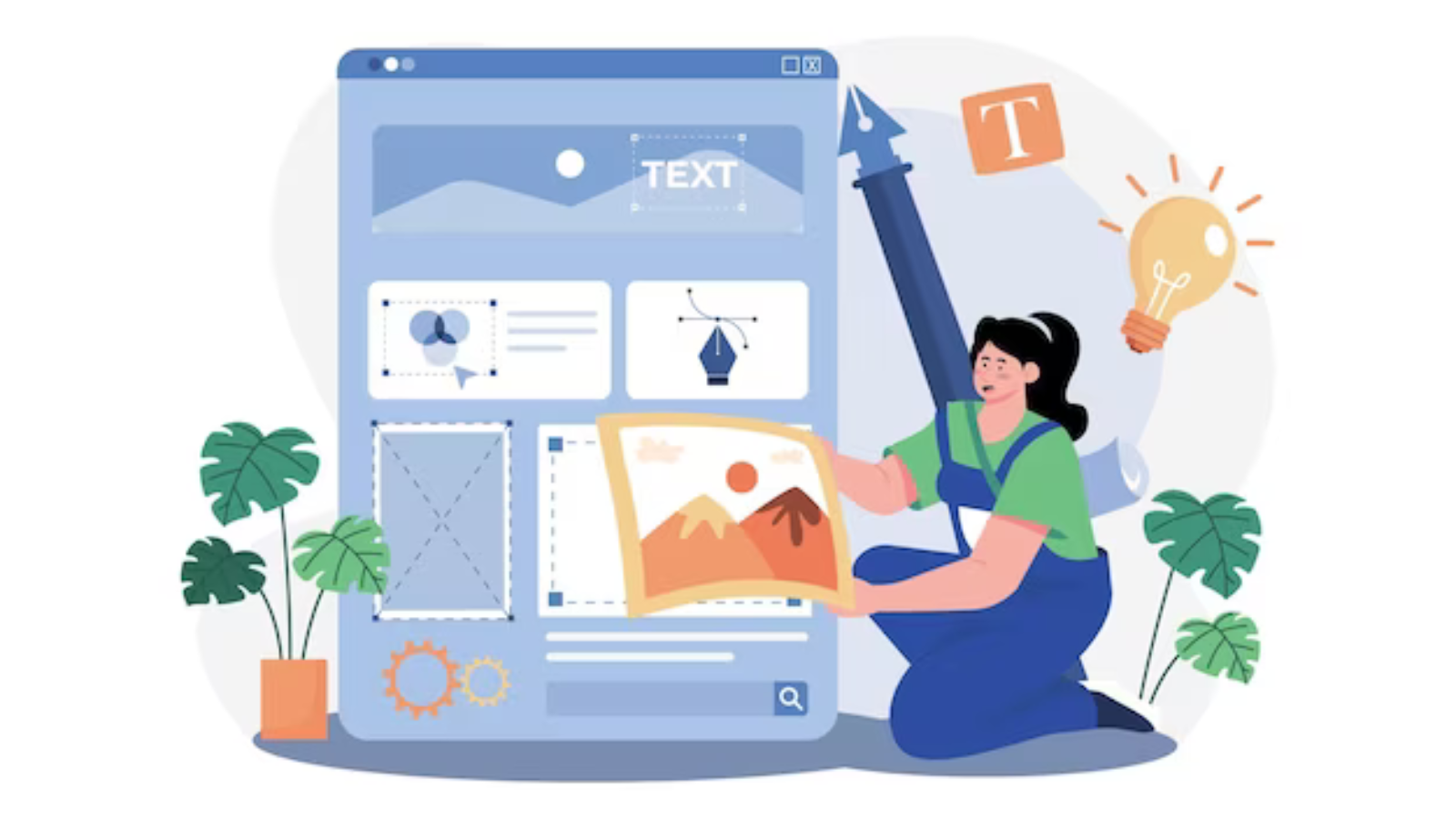In an era dominated by digital content, the art of visual storytelling has emerged as a powerful force in capturing attention, conveying messages, and leaving a lasting impact. At the heart of this narrative lies graphic design, a medium that goes beyond aesthetics to tell compelling stories. This blog explores the transformative role of graphic design in the digital age and the undeniable power it holds in shaping our online experiences.
- The First Impression:
- In the digital realm, first impressions happen within seconds. Graphic design serves as the visual handshake that introduces your brand or message. A well-crafted design can instantly communicate professionalism, creativity, and credibility.
- Brand Identity and Recognition:
- Consistent and thoughtful graphic design builds a cohesive brand identity. Logos, color schemes, and typography contribute to brand recognition, creating a visual language that resonates with your audience and distinguishes your brand from the competition.
- Visual Communication:
- Graphic design is a language in itself, transcending linguistic barriers. Infographics, icons, and visual elements simplify complex information, making it more digestible for audiences. Visual communication is not just about what is seen but also about what is felt and understood.
- Enhanced User Experience:
- A well-designed website or app enhances user experience by guiding visitors intuitively. Thoughtful layout, navigation, and imagery contribute to a seamless and enjoyable interaction, keeping users engaged and encouraging them to explore further.
- Social Media Impact:
- Social media platforms thrive on visuals. Attention-grabbing graphics, illustrations, and memes are shared more frequently than text-only content. Graphic design plays a pivotal role in creating shareable, viral content that can amplify your message across digital communities.
- Storytelling Through Imagery:
- Humans are wired to respond to stories, and graphic design brings these narratives to life visually. From hero images on websites to storytelling through social media visuals, the power of imagery enhances the emotional connection with your audience, making your message memorable.
- Versatility in Marketing:
- Graphic design is a versatile tool in marketing. From creating eye-catching advertisements to designing marketing collateral such as brochures and banners, it plays a crucial role in attracting and retaining customers.
- Mobile Responsiveness:
- As mobile usage continues to surge, graphic design adapts to ensure content is visually appealing on various screen sizes. Responsive design considers the mobile user experience, ensuring that graphics remain impactful and clear on smaller screens.
- Evolution of Visual Trends:
- Graphic design is not static; it evolves with visual trends. Staying attuned to design trends ensures that your visuals remain contemporary and resonate with current audience preferences.
- Empowering Creativity:
- The digital age has democratized design tools, empowering individuals and small businesses to create professional-looking visuals. Whether through online platforms or user-friendly design software, graphic design is more accessible than ever, allowing creativity to flourish.
Conclusion: In the digital age, where attention is scarce and competition is fierce, the power of visual storytelling through graphic design cannot be overstated. From the first glance to the intricate details, design shapes our online experiences, influencing perceptions and driving engagement. As we navigate the vast digital landscape, understanding and harnessing the potential of graphic design is not just a choice but a strategic imperative for those seeking to captivate, connect, and leave a lasting impression in the hearts and minds of their audience.




